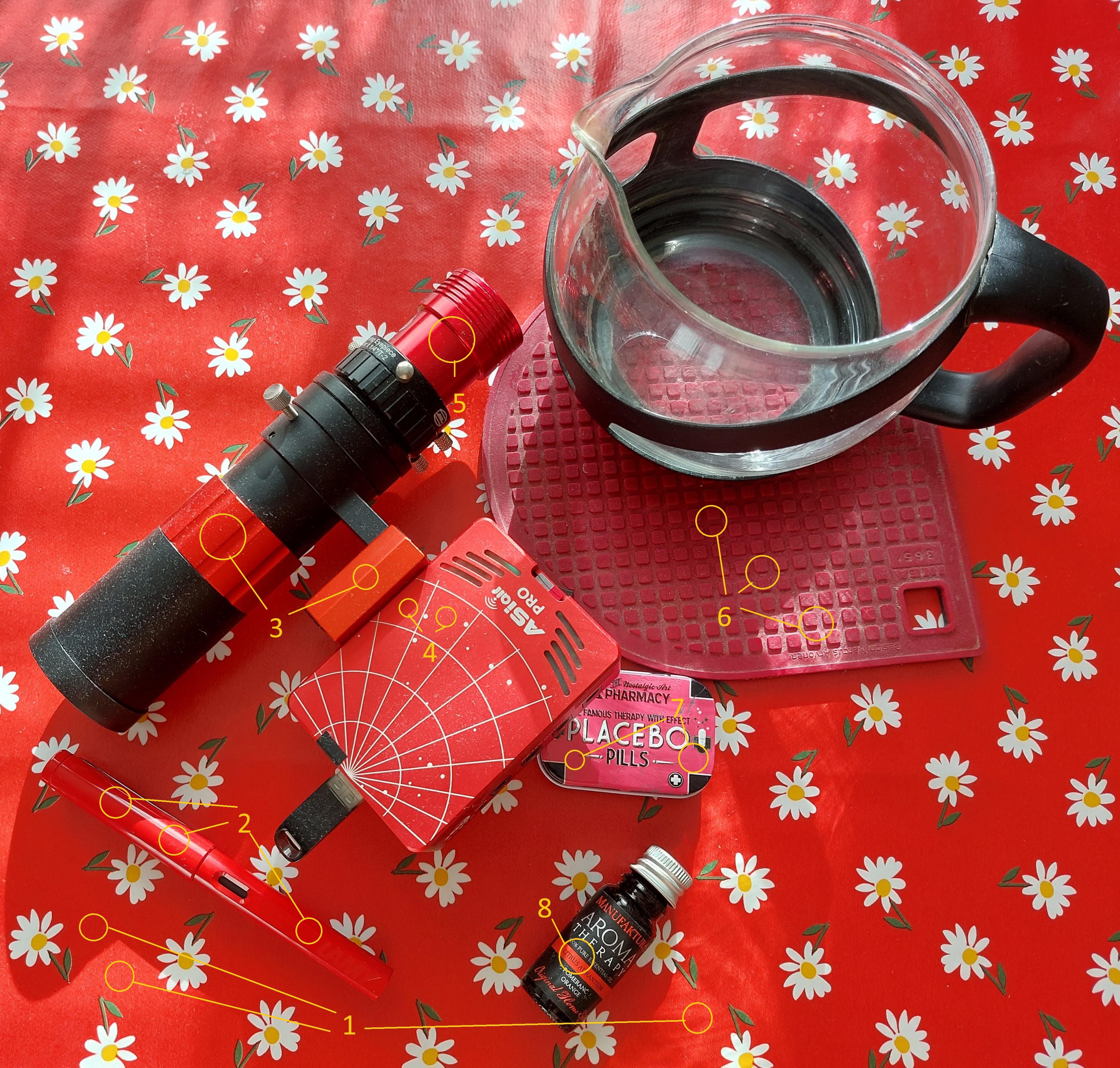
When people talk about the "redness" of the color red, they speak as if they experienced a coherent personal identity. They know what "redness" means their whole themselves even if they are not able to explain it to other people. And then they don't know what it means to other people but assume they are similar to them in that it must mean "something in the same shape" of a concept. And propose that it's fundamentally unknowable (even in principle) whether the exactly 2 instances of "redness" are the same thing.
I know a lot of different concepts that have the same name. And when I need to disambiguate between them, say various concepts around undefined in JavaScript, I just give those concepts different names: "temporal dead zone", "ReferenceError", "undefined literal", "expression that evaluates to undefined value", "missing or deleted key", "the never type inferred from a discriminated union inside the default clause of a switch statement is different from an optional"... And then I try to cooperate with the other person to establish shared equality rules between some of those concept pointers that would be most useful in our shared situation.
For feelings, I find it easier to keep my rich inner concepts without a name until I need to communicate it with others - and then carve out the gist that I can actually explain, a pointer to my inner life that I hope the other person will understand. This seems different from people who would imply that "everything there is to know about X" equates to "everything I am capable of noticing and describing in English"...
Maybe some people are not curious enough about their inner world to notice their own non-verbal thinking?
Or have they never realized that their own 2 eyes can see colors differently? Never stood by the window on a sunny day (or played with a flashlight), closed their eyes with a hand covering one, and shining the bright light through the other eyelid for ~10 seconds? Or they did it and there is only one redness to call the thing they see?
To me, it haven't occurred that someone would try to put only 1 word around everything I know about the color red, then add their own unsatisfactory definition to that word and call it "everything there is to know about it, in principle" ... Ugh, "656nm" does not describe the feeling of looking at the Sun's corona through an H-alpha filter, let the whole set of feelings about "redness", but why would I then claim that I would never be able to successfully communicate my feelings about my actual experiences - I would just skip the useless abstract word and do the communicating, no?
Words represent stuff, not make it up. Here, a picture:

Every number on the picture represents the same share of red for me (as seen on the real life objects, not on the pixels) - especially the two objects #3 look really really the same color (as if the aluminum pieces were manufactured with the same dye). And #7 is probably not a "red" but more like "ugly pink" - much lighter than any shade of #6.
Which reminds me - someone at youtube changed the beautiful simple red slider into one of those ugly corporate-purple gradients.. now fixed in my browser:
.ytp-play-progress {
background: linear-gradient(to right, red 90%, darkorange);
}
Not just colors
Now, let's consider the aphantasia apple test.
An apple that is freshly picked from a tree on a sunny day has a hot side and a cold side - and you just know which side tastes sweeter. And the color is not uniform - again, you know which side is more likely to be more red.
When I am instructed to close my eyes to visualize "a red apple" - why is the task so incredibly underspecified and why the heck would I project that imagination onto my actual visual field? Oh wow, some people see the apple as if with their eyes, as if on a black canvas?!? But closing your eyes doesn't create black canvas - you just see all the distracting afterimages that no longer match the 3D objects you still have in memory and are still around you and you... And you can see the direction of the major light sources with closed eyes. And hear the walls echo you breathing, don't you? And the apple is not there on the real table - I can put it there and it stays on the same position when I rotate my head whether my eyes are open or closed, but you didn't ask me to put an apple on the table now, did you? So an abstract red apple that is not in my visual field it is.
Wait, that means that I have aphantasia? As in, too little imagination? Beg your pardon?
So when people "see" an apple - is it pink on the inside, crispy or drying, has it grown on a tree that you planted, did you pick it in a supermarket, is it just a decoration in the office kitchen for someone else to consume? Do you even "see" any difference between the options, how does it look like when you "don't know"? Which shades of red did you even pick, each apple is pretty unique, you put an actual detailed texture of an apple perfectly into memory?
Speaking of apples and red, apple flowers smell like roses (old roses) - which is not an accident that they do. But the best-smelling rose, Chrysler Imperial, is a tea-hybrid rose, quite different from old roses smell. And that one is very, very red. Apples are not red in the same way like roses can be red. And freshly baked apple pie is nothing like roses at all, it's burned sugar and cinnamon. I can't tell whether the apples in a cake were mostly red or green or yellow.
The most red I have ever seen was a lonely geranium on a cloudy day. But I am not a single "I" who has all my experiences I can recall at this moment, and words are not everything I know about the "redness" of the color red.
